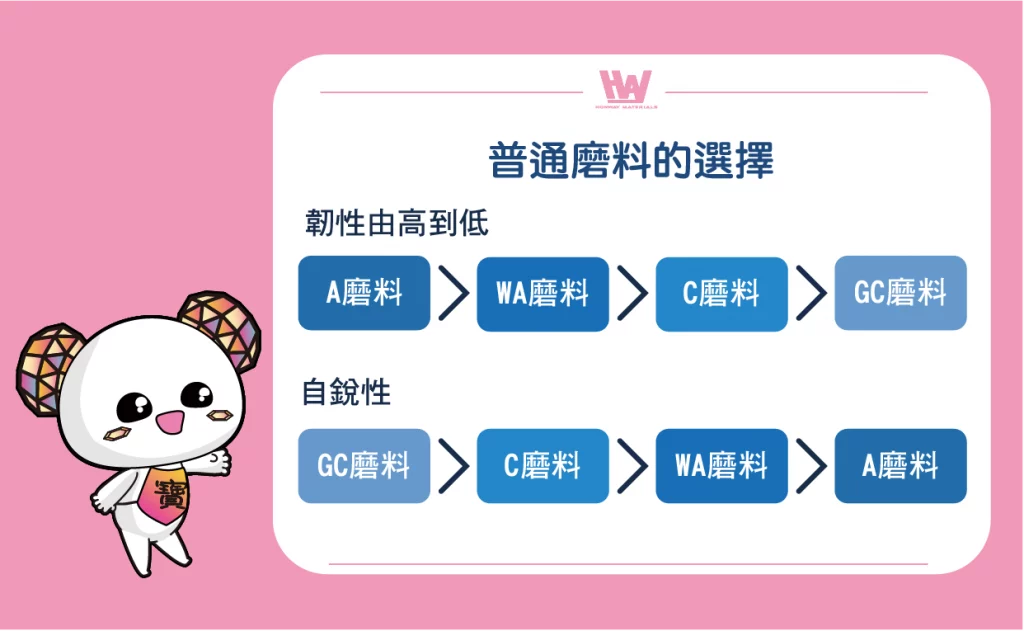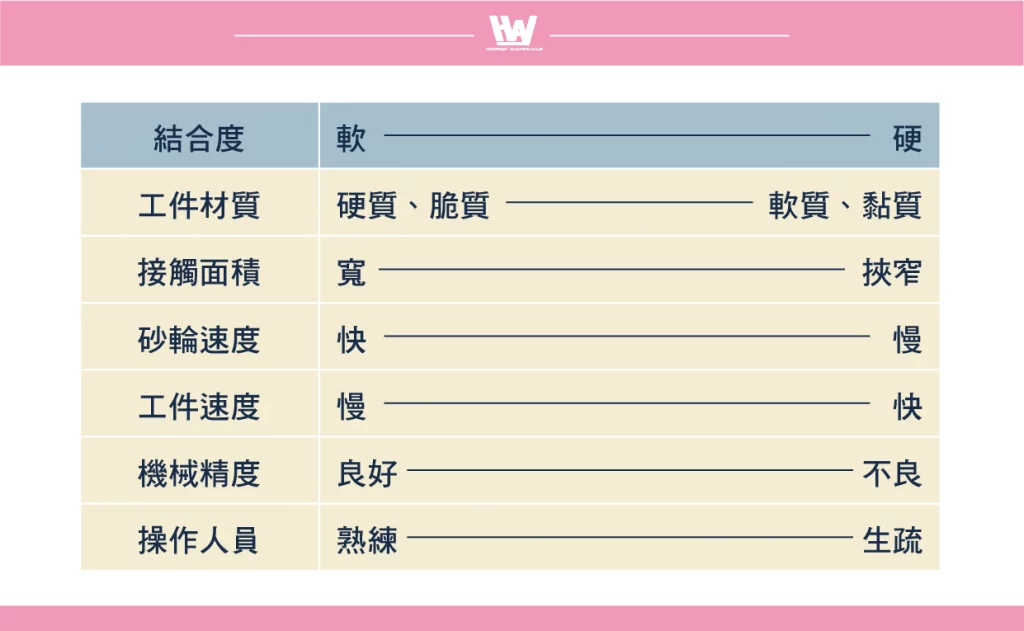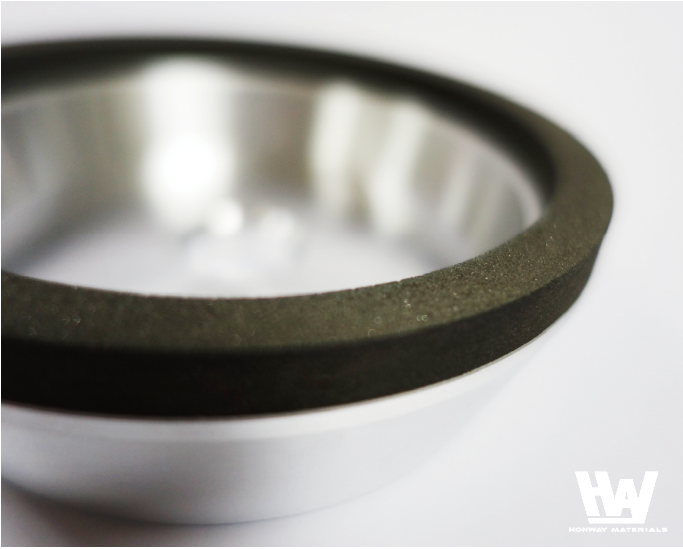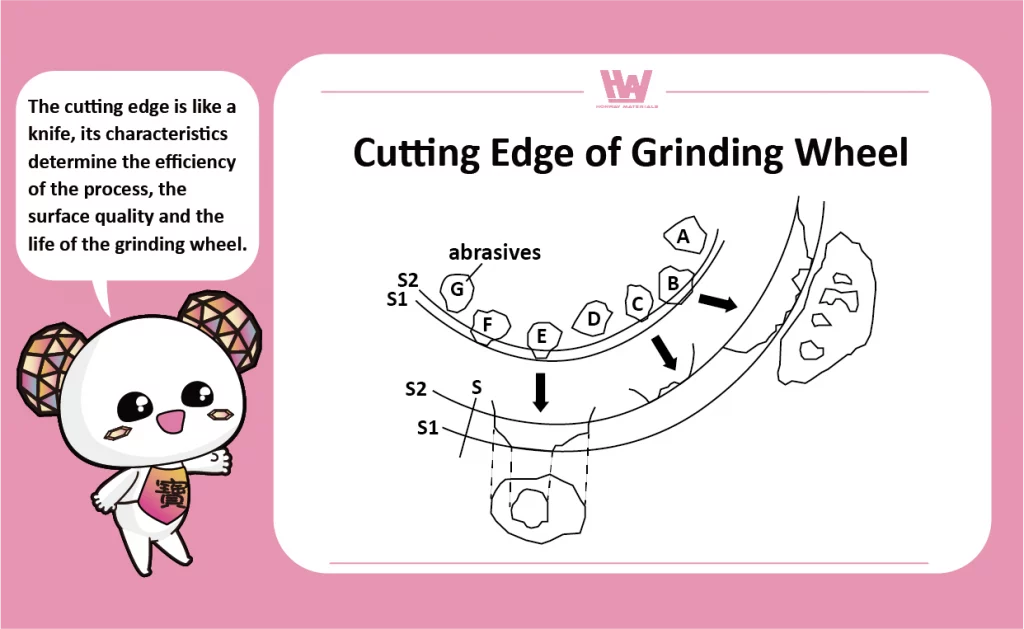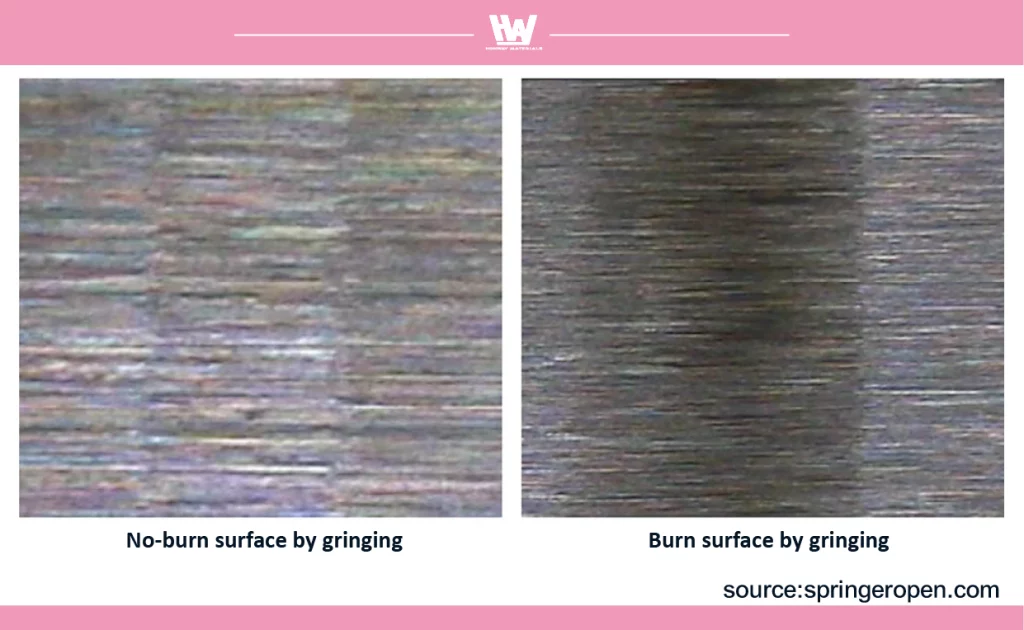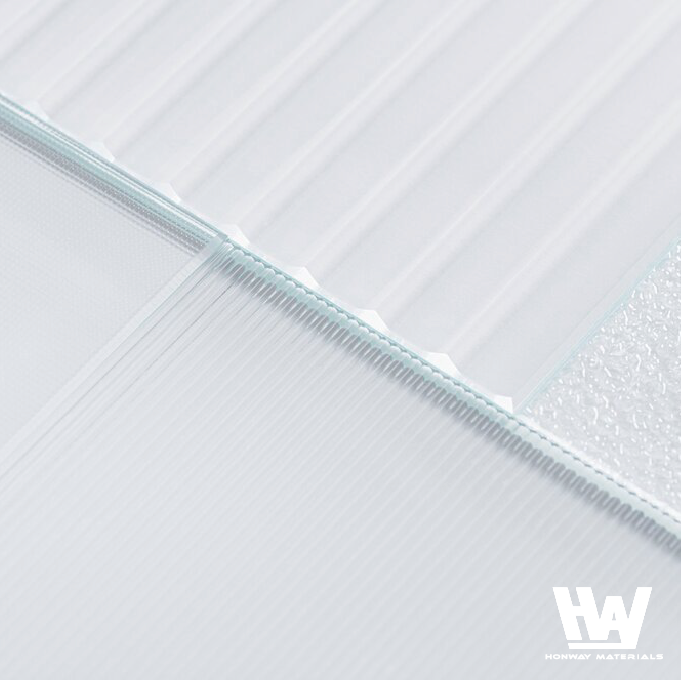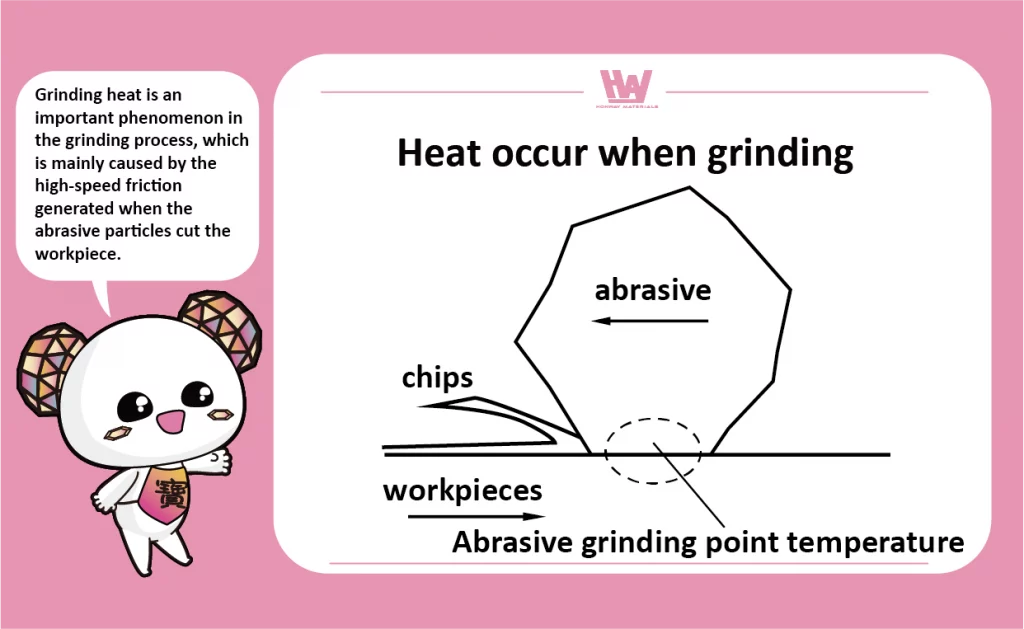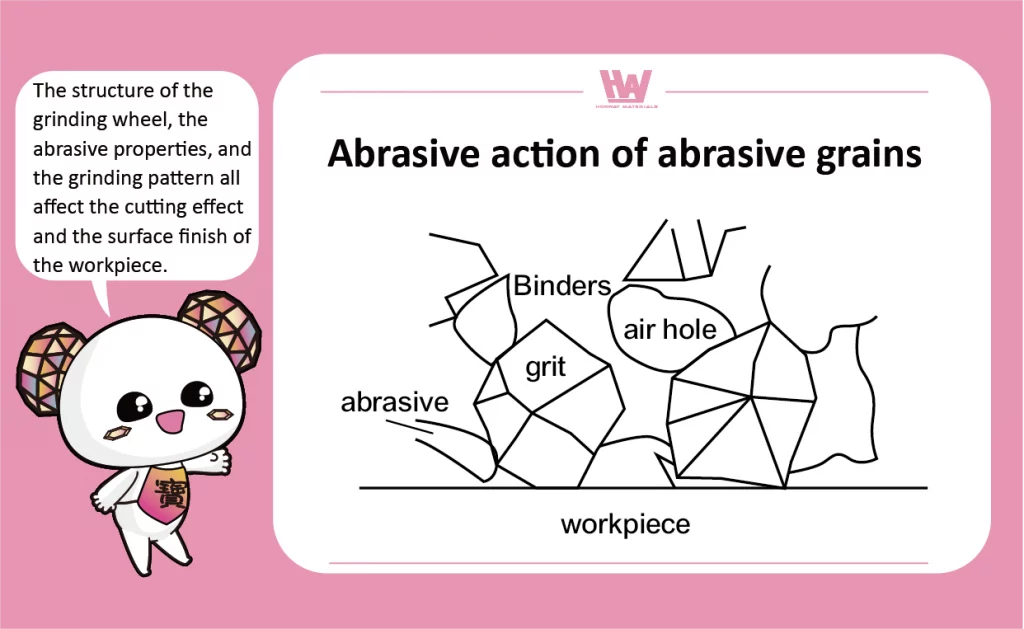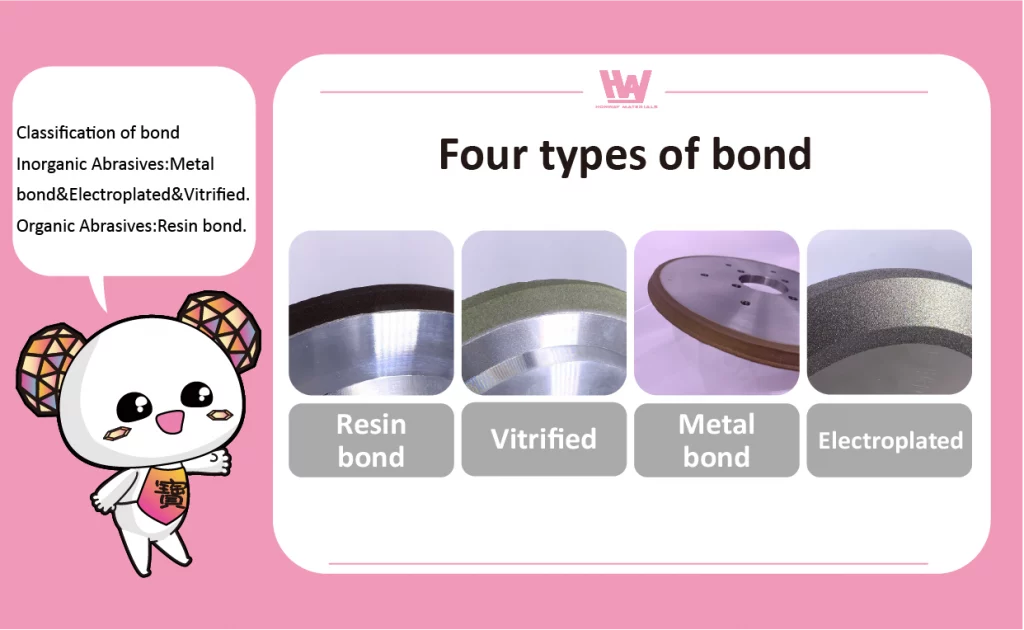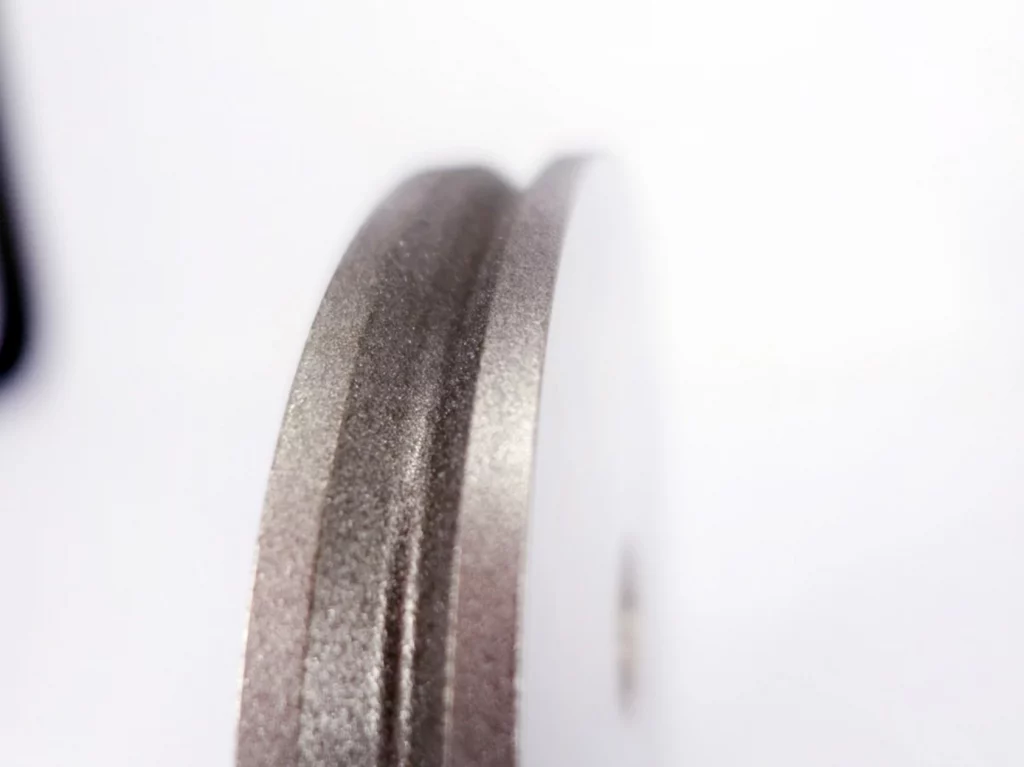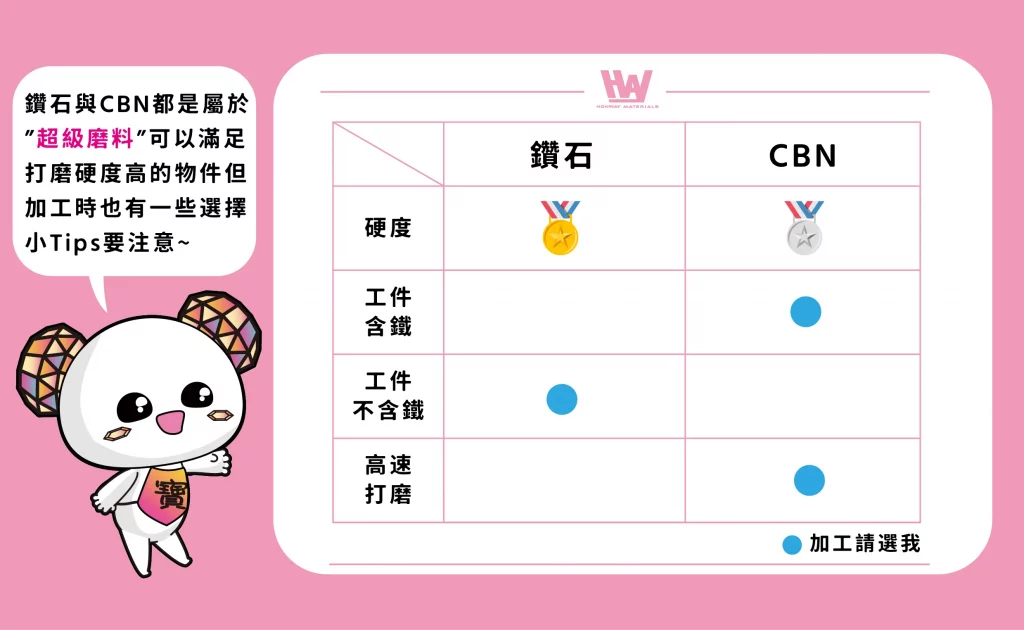A complete guide to grinding wheel technology
A column focusing on grinding wheel manufacturing, application and technological innovation.
Experts with more than 10 years of professional experience will discuss the various components of grinding wheels in depth.
This column will comprehensively introduce the design principles, selection guide, maintenance, and how to improve grinding efficiency and accuracy of grinding wheels. Whether readers have a preliminary understanding of grinding wheel knowledge or technicians seeking professional improvement, they can find practical technical analysis and industry trends here.

